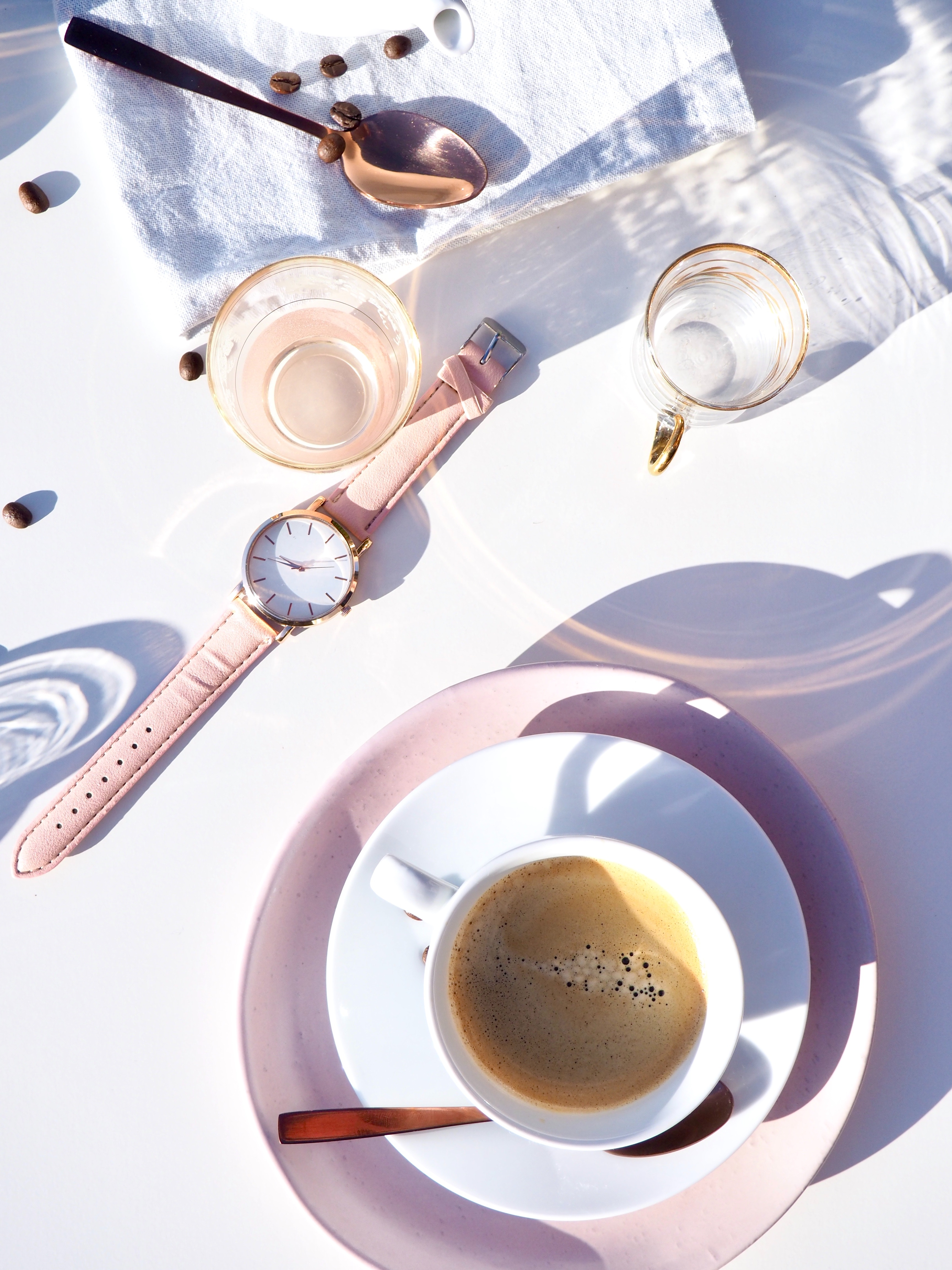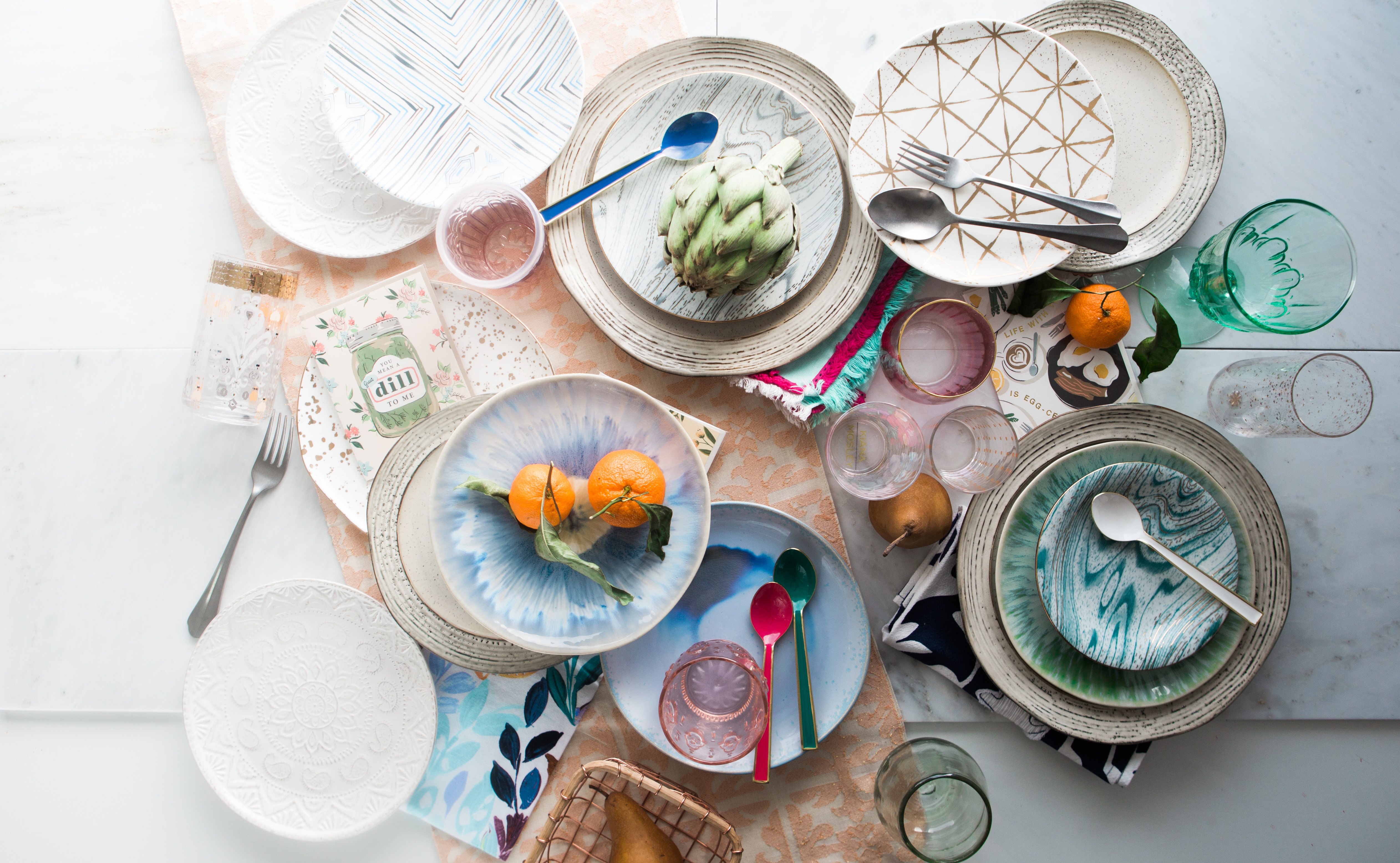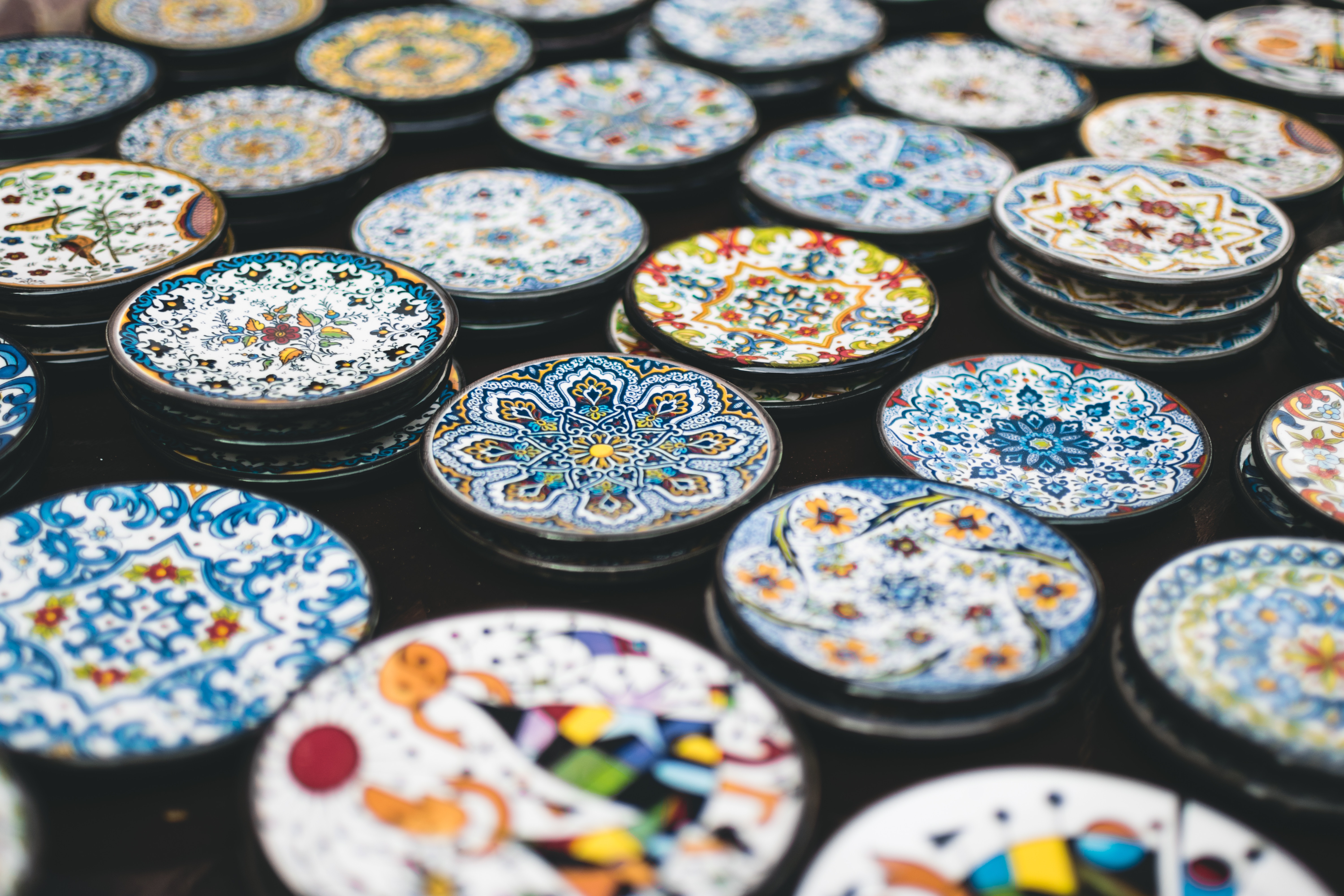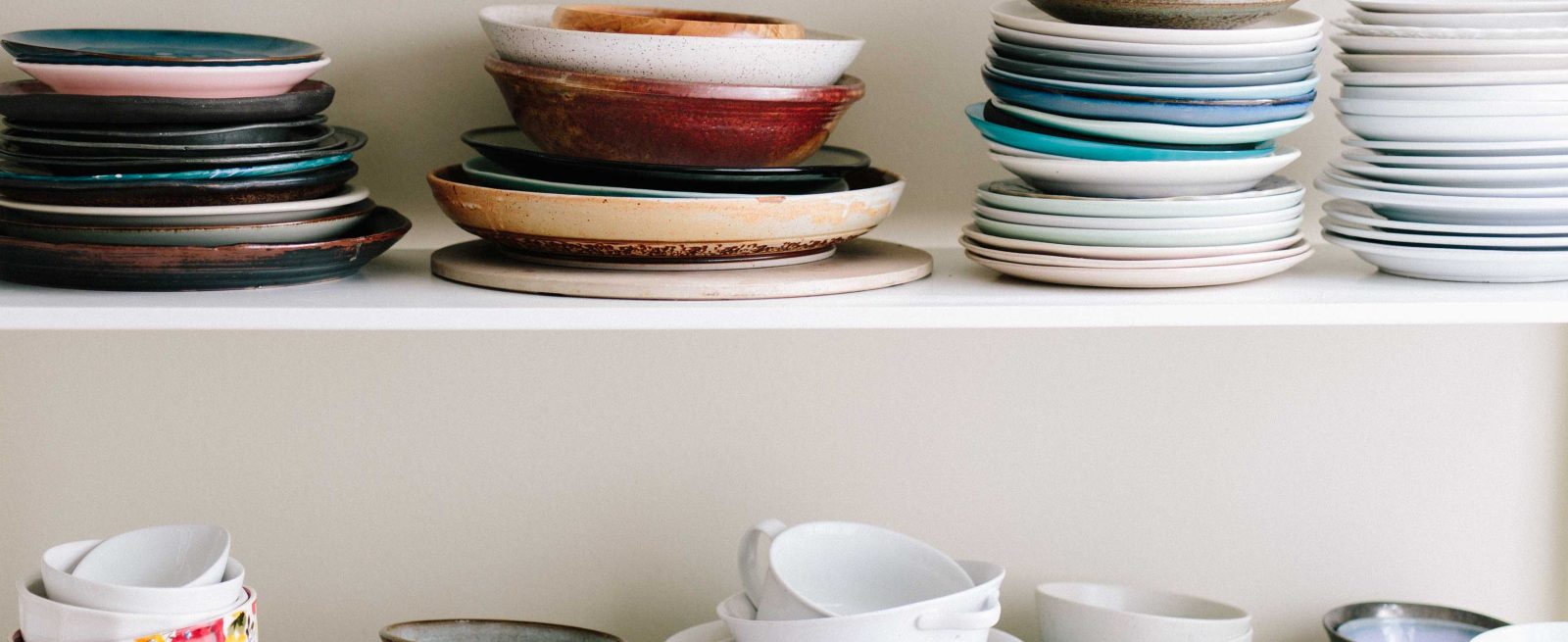Smallwares, Big Decision
3 Min Read By Kelly Kennedy
I am a strong believer that all items on a table help to convey a concept—not just the food and drink, but everything from the menu and place setting when you sit down, to the check presenter placed on the table at the end of the meal. As such, in order to run a successful restaurant operation, no detail can be overlooked, including smallwares.
Most restaurant owners will tell you their primary concern is matching their budget with distinct and memorable smallwares. While this is certainly an important concern, durability, for example, is not a ‘one-size-fits-all’ answer. If you’re opening a hip, new restaurant in town or working to establish yourself as a fine dining destination, selecting some unique pieces may be more important to your concept than if you’re a quick-service, high volume restaurant. The latter concept must be woven through each touchpoint, large or small, and oftentimes, the resilience of an item doesn’t lend itself to the aesthetics of your goal.

For new restaurants, finalizing the menu before making any decisions on a complete smallwares package is an important consideration. It is essential to know how many different types of dishes you are serving, portion sizes, and not only how the presentation will look to the naked eye, but how it will look in photography in order to create a strong social media presence which, in turn, carries a stronger return on investment.
Restaurateurs must also consider the size of the table on which that menu will be enjoyed. For example, steakhouses often have larger tables because they need to accommodate large protein plates, along with cocktails, sparkling water, or bottles of wine. Another consideration: Will wait staff be trained to encourage all dishes to be brought out at once for speedy table turnover or, will every table thoroughly enjoy each individual dish before moving onto the next course? If your menu consists of more shareable plates or is designed for a formal chef’s tasting experience, weigh the pace at which guests will be served as this impacts the table’s required dimensions as well.

Perceived value is crucial to this decision process and underscores the intent of the restaurant’s concept. Large plates with a small amount of food tell a different story than a small dish overflowing, and the chosen smallwares will frame that narrative. Do you want food to appear precious or have guests feel like they are getting the most for their dollar?
For restaurant management facing these smallware decisions, it’s important to remember that trends are always changing and there are new products being released all the time. When it comes time to restock, take the time to evaluate some new products to keep things fresh and ever-evolving. My advice? Don’t be married to any specific provider. Instead, be flexible about getting rid of or selling the old and bringing in the new (or used).

Some of my favorite tabletop collections are ones in which the chefs or owners have collected vintage pieces and are re-purposing a mishmash of unique items. (Though, I’m personally not a fan of odd shapes for smallwares unless there’s only a few of them, because it complicates stackability/storability). While it takes more of a time investment, I always encourage clients to hunt for bargains, peruse estate sales, craft fairs and flea markets for some incredible finds. I believe these hand-selected pieces give a certain homegrown feel to the environment and might be the factor that helps the restaurant avoid being labeled “typical” or “boring.”
When it comes to choosing smallwares, don’t just settle—the process can be fun for those willing to give it a little extra thought.


